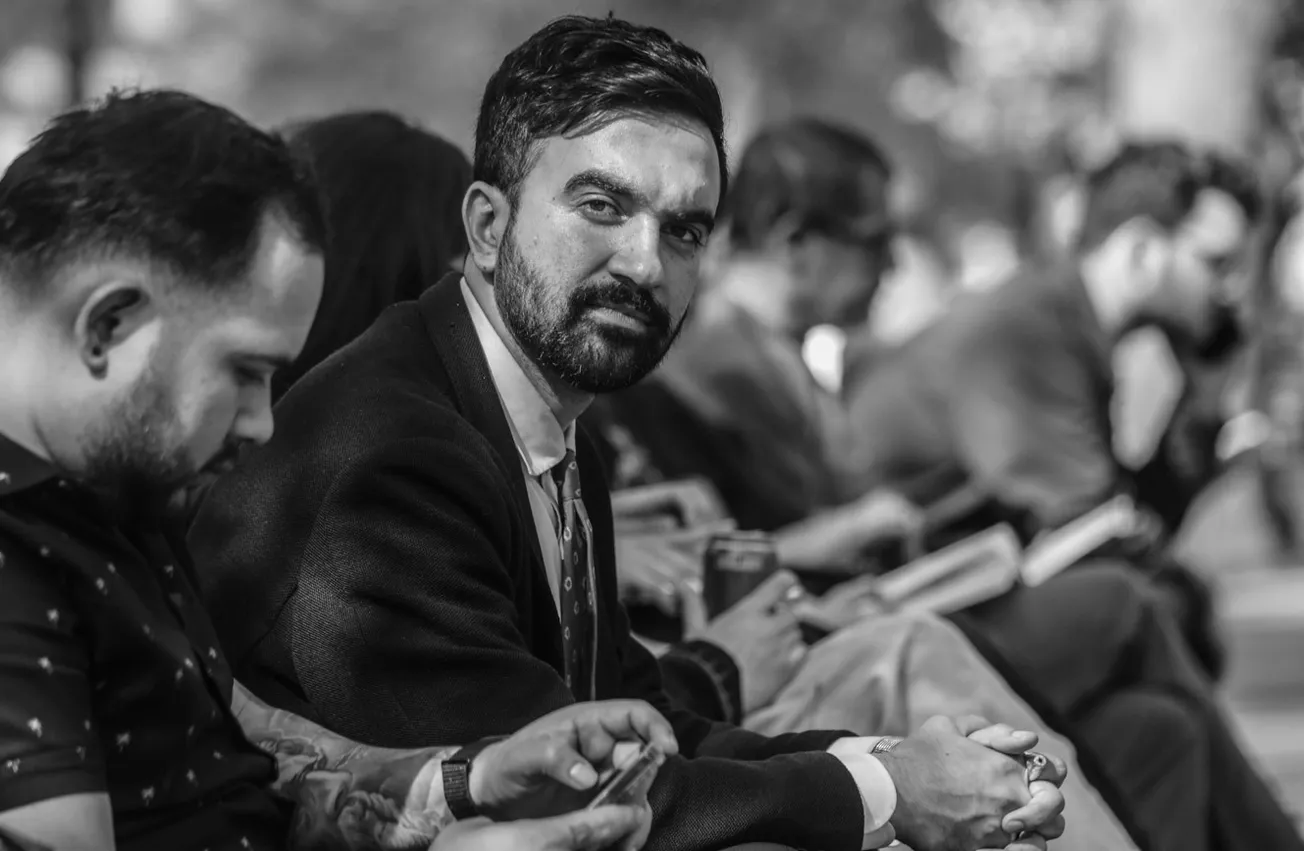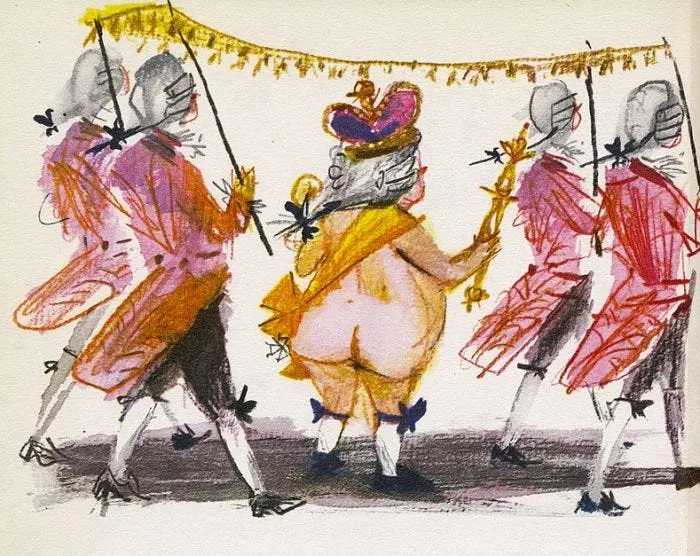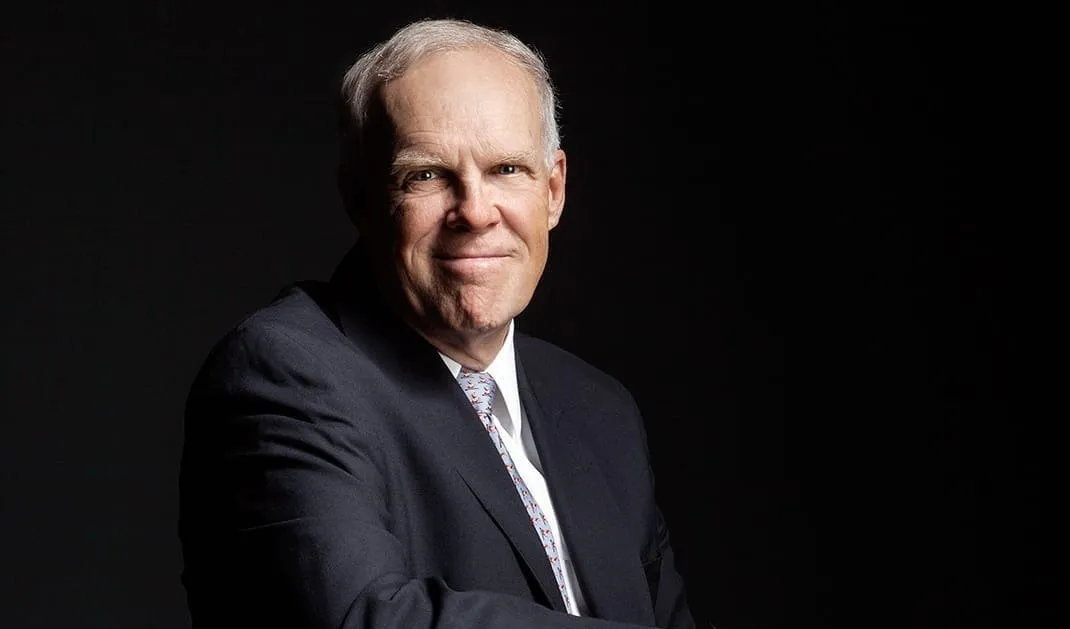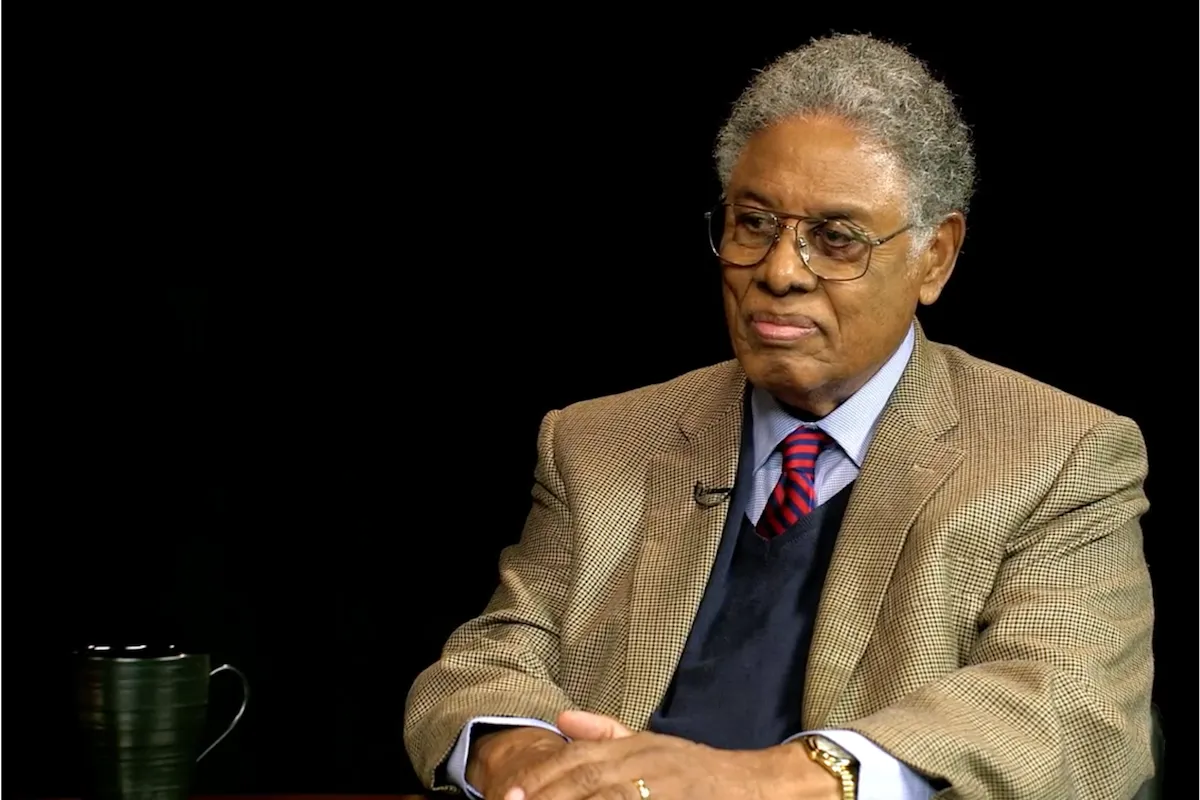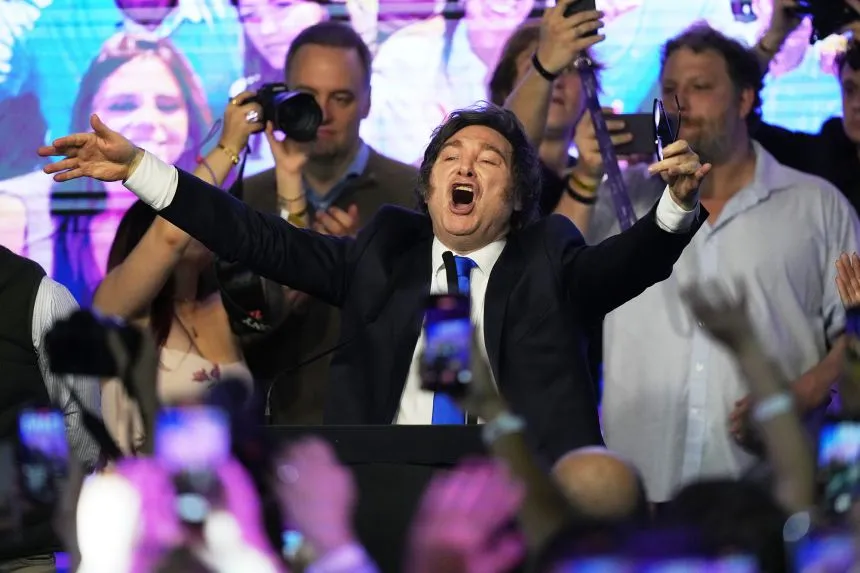Table of Contents
November 4, 2025 will be remembered as the day Wall Street elected a socialist mayor. Zohran Mamdani was elected mayor of New York City, winning more votes than any mayoral candidate since 1965—including a majority in the Financial District.
It’s easy to dismiss Mamdani’s victory as a one-off in an overwhelmingly liberal city. His main opponent, Andrew Cuomo, was a deeply flawed candidate–responsible for disastrous COVID policy that killed 12,000 nursing home patients and credibly accused of sexually harassing 13 women. Mamdani, telegenic and energetic, hammered both points mercilessly. Cuomo, by contrast, ran a lethargic and late campaign. To boot, withdrawn candidates like current mayor Eric Adams still appeared on the ballot, further confusing the antisocialist vote.
But Mamdani’s victory is certainly far more than that. For it proves that Millennial American elites are willing to vote for—indeed, even to spearhead—socialism.
To understand Mamdani’s victory, you must first grasp the role of the city, the polis. New York has flown three flags in its history: Dutch, English, and now American. It existed before America, and will continue to exist when we become a space-faring civilization. Since time immemorial, cities have been important because they attract important people. Two thousand years ago, though much of the Roman Empire was farmland, you could visit the City of the Seven Hills and see civilization—roads and rhetoric, the monuments to mere subsistence transcended. Cities, then as now, are where politics come to life, where man’s future is decided.
Why, then, does New York City matter? This century belongs to the Pacific, not the Atlantic; both San Francisco and Shenzhen stand to play a much bigger role in the affairs of man than New York. But the Empire City remains home to America's elite class (outside technology and perhaps politics), and this makes it worthwhile to study.
Mamdani will be neither a national phenomenon nor a permanent fixture. His election, though American socialists’ largest victory in history, was narrowly won, and his policies are untenable. State-run grocery stores and passive policing will bring their inevitable consequences in a city already struggling with crime, and voters will learn from said consequences. We’ve seen this before: elected off race relations in 1989, socialist mayor David Dinkins created such catastrophic crime rates that desperate New Yorkers turned to Republican firebrand Rudy Giuliani.
His voter base, however, should make you pay far more attention to his victory. It represents something genuinely new: young elites driving socialism.
Those who voted for Mamdani were predominantly young, moderately wealthy professionals clustered in the city’s most chic neighborhoods. In the East Village and Williamsburg, Mamdani dominated, securing 70%, 80%, even 90% of the vote in many precincts. He swept Morningside Heights, home to Columbia University, and won a majority in the affluent Financial District itself. Meanwhile, Mamdani barely eked out victories in notoriously poor South Bronx and lost outright in the outlying working-class precincts of outer Staten Island and Queens. Show a 20th-century Marxist a map of these results, and they would guess that Cuomo (or perhaps beret-wearing Curtis Sliwa) was the socialist candidate, while Mamdani was some capitalist pig.
The young and prosperous support socialism, the poor and downtrodden are skeptical—a complete inversion of the coalition that elected David Dinkins, New York’s other socialist mayor.
Mamdani’s base of support are elites of a sort. These voters come from wealth, went to good schools, and work in finance, technology, or media, traditionally “yuppie,” upwardly mobile professions. These are the individuals who Burnham describes as the “managerial elite,” Mills as a precursor to his “power elite,” and Musa al-Gharbi as “symbolic capitalists.”
Mamdani himself is a good example of this kind of individual: he went to Bank Street, a private middle school that charges $68,793 in tuition; majored in Africana studies at Bowdoin, a prestigious liberal arts college; has parents who worked in academia and media; and did not hold a job before entering politics. Such scions of the privileged enjoy relative prosperity; Bowdoin’s median starting salary of $74,000 is more than almost half of the average American household's income.
So why does this class of individual vote for socialism?
Young and recently transplanted—81% of those living in New York for less than a decade voted for Mamdani—the yuppies of Williamsburg and the East Village are overwhelmingly renters. Even existing rent ($3,000 a month for a studio) is expensive; with one-bedroom apartments costing at least $1 million to buy, homeownership is a fantasy for these aspiring elites.
Talk to them and you’ll hear acute anxiety about their housing, alongside horror stories of landlords: refused repairs, rat infestations left to fester, security deposits seized arbitrarily. Rent control serves such Millennials’ immediate interests and satisfies their anger towards landlords. That it strangles future development doesn’t concern them; half plan to leave the Big Apple within five years anyway.
More than anything else, anxiety explains these Millennial elites’ slide into socialism. From childhood, they ran a gauntlet of hypercompetition, winning increasingly-selective college admissions, extracurriculars, and internships, only to enter the endless tournament of the up-and-out career. Increasingly underemployed, many have fallen off the narrowing path to success; one-tenth of Mamdani’s voters had the spare time to volunteer for him. In Peggy Noonan’s words: “they’ll haul sacks of sweet potatoes through Park Slope, and their hedge-fund fathers will say, ‘I sent him to Brown for this?’”
Looming in the background, capital subsumes their labor, taking their jobs, in the form of AI, and ballooning their cost of living, as capital overpowers labor in the intensifying competition to chase scarcer status symbols. The Zohranistas feel they have no guarantee of obtaining homes and stable careers—marks of even middle-class status a half-century ago.
This election cycle, Mamdani uniquely spoke to their concerns. Traditional socialists emphasize the alleged injustice of inequality; Mamdani’s socialism, unburdened by such moral judgements, is instead the rhetoric of pure affordability (read: free stuff), enabling these anxious, but far from impoverished, elites to buy in without feeling aggrieved.
What is to be done?
Capable, committed communists immiserate anything they touch, from Romania and Venezuela to New York’s own David Dinkins. But if appeals to history could sway Mamdani’s voters, they would have already.
We must do everything in our power to undermine the sway of socialism. Narrowly, this looks like building our way to more affordable homes. Broadly, this looks like ensuring all Americans have a stake in the capitalism system.
The much-cited YouGov poll from 2019 that found 70% of Millennials willing to vote for a socialist for President is worrying. What worries us much more, however, is Mamdani’s election, because it shows Millennial elites embracing socialism.
Boomer gerontocrats have managed to cling to power for shockingly long. But at some point, Millennial elites will take the mantle of rule. They will staff our bureaucracies, our commercial class, and our political leadership. Whether this generation will serve as the utopian vanguard of communist hell or a force for continued American prosperity depends on how, as a society, we react to socialism’s resurgence and what kind of young adulthood we bequeath them.

